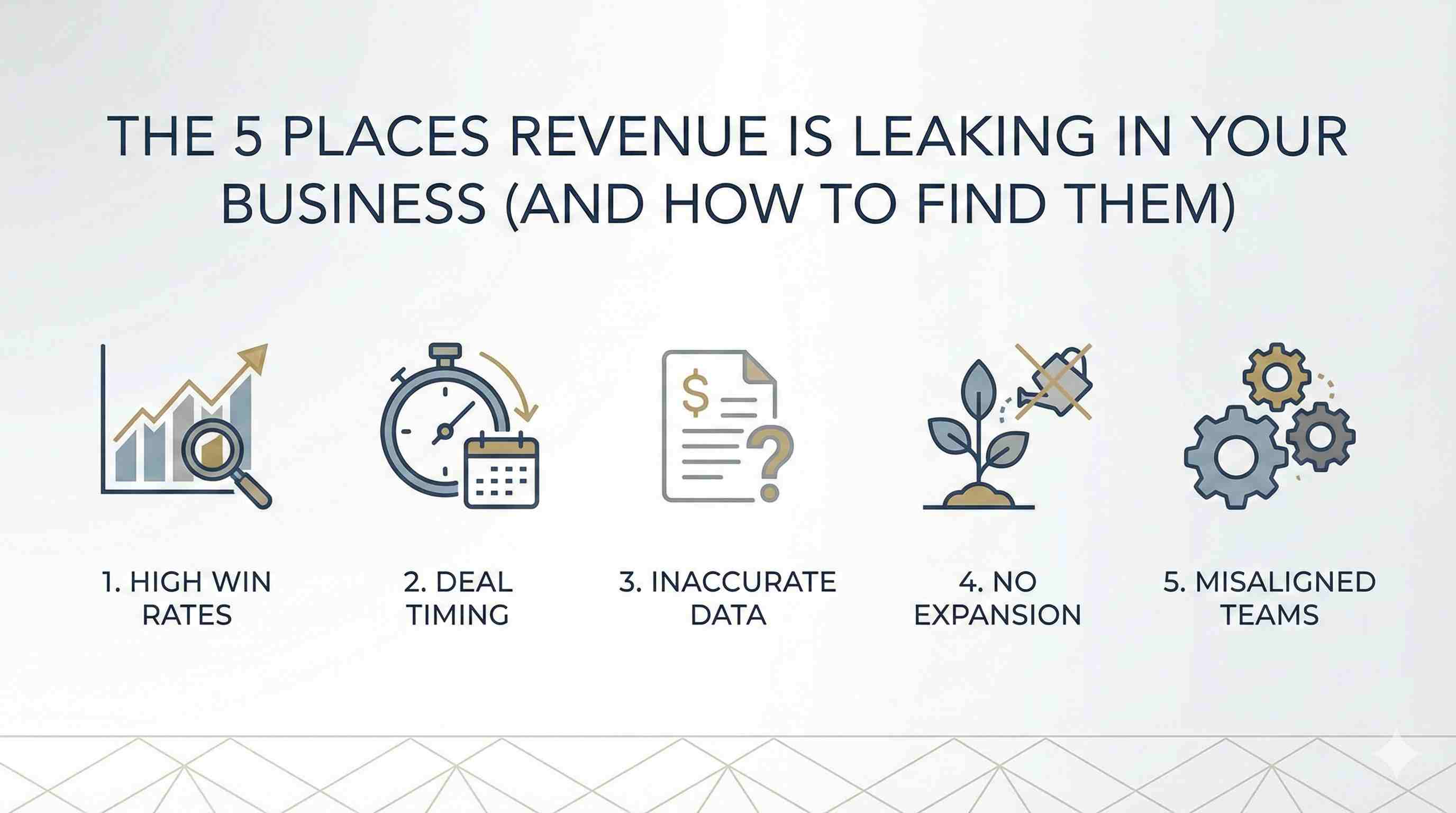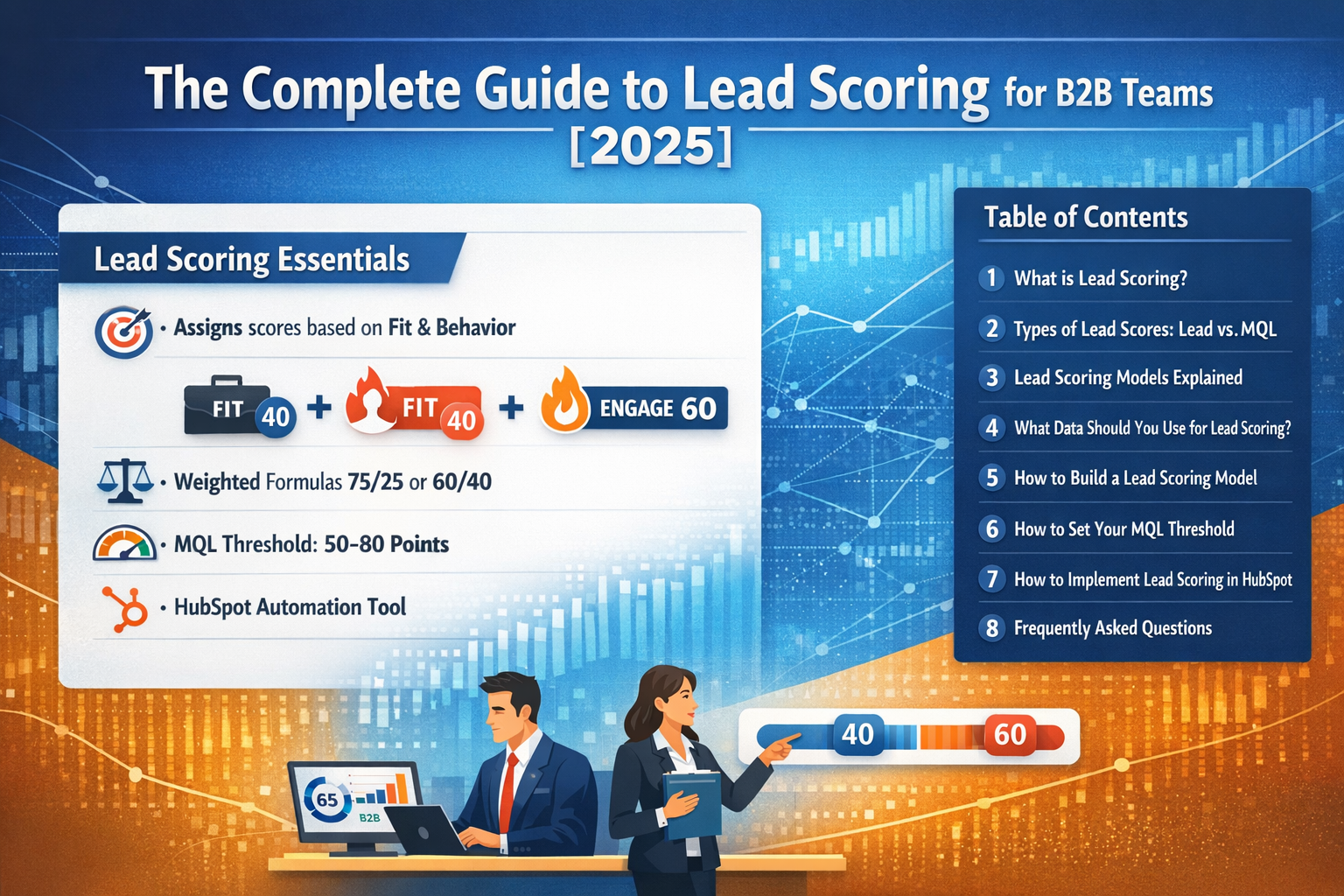
An internal learning session we had at MergeYourData.com to go over a critical skill in HubSpot reporting.
Video for Reference
Summary
Introduction to Cross-Object Reporting
Cross-object reporting in HubSpot allows users to create reports that span across different data sources and objects. This means you can analyze and report on data that originates from various aspects of your business, such as contacts, deals, tasks, and more. Whether you're dealing with marketing, sales, or service data, cross-object reporting helps you break down silos and gain a holistic view of your operations.
Selecting Data Sources
To get started with cross-object reporting, you need to select your data sources. In HubSpot, these data sources can include contacts, deals, tasks, ad performance, and more, depending on your HubSpot plan. The primary data source is the main data source you want to focus on for your analysis. For example, if you want to report on deals, you should choose "deals" as your primary data source.
Then, you can select secondary data sources that relate to your primary data source. These secondary data sources provide additional information and context for your reporting. Keep in mind that not all data sources can be joined together, so you may need to experiment to find the best combination for your reporting needs.
Building a Cross-Object Report
After selecting your data sources, you can proceed to build your cross-object report. HubSpot offers a user-friendly interface to help you define the structure of your report.
- Selecting Properties: You can choose properties from your data sources to include in your report. For example, if you're focusing on contacts and deals, you might select properties like "email" and "amount."
- Adding Filters: Filters allow you to narrow down the data you want to analyze. For instance, you can set a filter to include only contacts with more than one associated deal.
- Customizing the Report: You can customize your report to include various elements, such as tables, graphs, and more. This allows you to visualize and present your data effectively.
- Handling Duplicate Data: HubSpot appends the object name to property names when there are duplicates across different objects. This ensures clarity and eliminates confusion when analyzing the data.
Benefits of Cross-Object Reporting
Cross-object reporting offers several advantages for HubSpot users:
- Granular Insights: By combining data from different objects, you can gain granular insights into your contacts, deals, marketing activities, and more. This helps you understand how they relate and impact each other.
- Avoiding Data Duplication: Cross-object reporting reduces the need to duplicate data across objects. This ensures data consistency and minimizes the risk of errors associated with data replication.
- Efficient Data Modeling: Understanding HubSpot's data model and using cross-object reporting makes your reporting and analysis more efficient. You can filter fields across multiple tables and improve your data handling skills.
- Holistic View: With cross-object reporting, you can create reports that provide a holistic view of your operations. This is particularly valuable when you need to make data-driven decisions that involve multiple aspects of your business.
Conclusion
Cross-object reporting is a powerful feature in HubSpot that allows users to create comprehensive reports by combining data from multiple sources and objects. Whether you're tracking contacts, deals, tasks, marketing activities, or other data, cross-object reporting offers valuable insights for informed decision-making
By mastering this reporting technique, you can streamline your data analysis and reporting processes, eliminate data duplication, and gain a more thorough understanding of how various aspects of your business are interconnected. With the guidance from the video and this blog post, you can start creating meaningful cross-object reports in HubSpot to drive your business forward.





